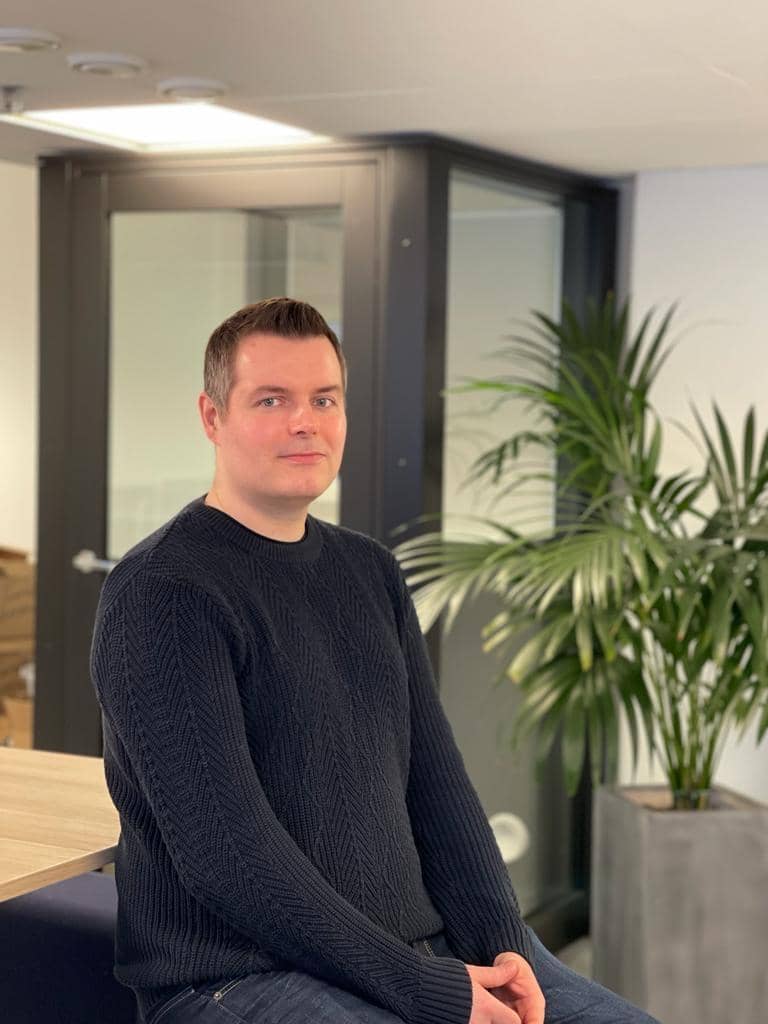“At Compile, I was impressed by the company’s values, the focus on high quality and sustainable development, and the customer- and employee-centred way of running the company,” says Antti Varjoinen.
In 2019, when Antti was considering the next challenges, he was offered many roles. At the same time, however, he decided to apply himself to work at Compile. Today, this M.Sc. (Computer Science) helps customers solve the challenges of digitalisation: he works as a hands-on architect designing and implementing digital solutions, as well as sparring on DevOps, agile development and cloud migration, among others.
“I feel like a generalist, so to speak,” Antti ponders. “So, on the one hand, I can understand and plan large entities, and on the other hand, I can also code and get my hands dirty executing those plans.”
Antti’s interest in the soul of machines began as a child — and was deepened by a powerful computer acquired by the family (with an i386 chip, a CPU of a couple of dozen megahertz, a memory of a few kilobytes, a hard drive of a few dozen megabytes). In the end, his path took him from the coding-oriented field at the University of Jyväskylä to Compile.
Antti, who speaks many programming languages fluently, has been building the automation of the customer order-delivery chain, the self-service portal, the automation of invoicing processes and the digitalisation of industry. In terms of the actual implementation work, Antti often works in the areas of back-end systems and infrastructure, data management and architecture.
“Because I feel more like an architect, I like to be able to design solutions in projects together with the customer, and not all things have to be spoon-fed to the customers.” he describes.
“I also feel it is important that projects work on meaningful solutions.”
Read more about Compile | Experienced software developer – come work for us! | Software consultancy
